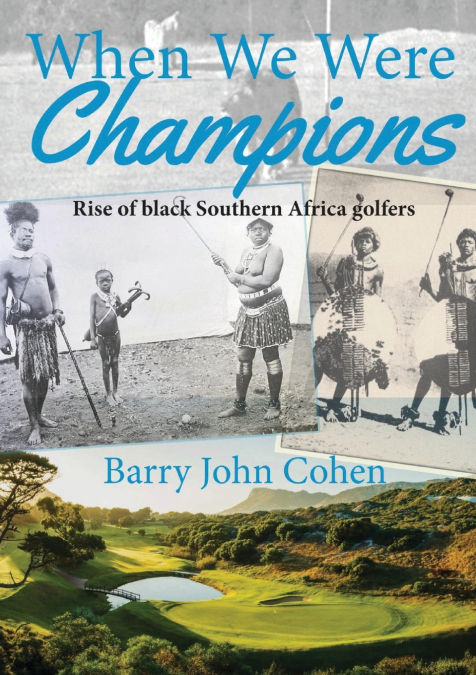
BARRY JOHN COHEN
The story of golf for people of color in Southern Africa is one of resilience and triumph against the backdrop of colonial and apartheid challenges. Golf first emerged in the Cape Colonies in the late 1800s, where caddies-black or colored individuals-were employed to assist players on the courses.In 1927, the Indian Golf Club was established in Durban, marking a significant step toward inclusivity in the sport. Just two years later, Bambata Boodhun made history by participating in the British Open. During this period bush golf clubs emerged, providing a platform for aspiring golfers.One of the most remarkable figures in this journey was Papwa Sewgolum, a caddy known for his unconventional reverse grip. Sewgolum’s talent shone brightly when he triumphed in the Dutch Open three times in four attempts. His victory in the Natal Open, although marred by conditions imposed by the authorities, was a significant milestone. Receiving his trophy outdoors in the rain incited outrage in India, leading to South Africa’s ban from the 1964 Olympics. Sewgolum emerged as a pivotal figure in the anti-apartheid sports movement, finishing as the runner-up in the SA Open and defeating Gary Player to secure his second Natal Open title. However, his achievements led to the government banning him from white tournaments and revoking his passport.Then Vincent Tshabalala seized his opportunity, winning the French Open while pulling his cart. His victory inspired many and highlighted the ongoing struggle for equality in the sport. The narrative of golf for people of color in Southern Africa is filled with numerous stories of triumphs and detailed tournament results that reflect the perseverance of these athletes.In recent years, Lewis Chitegwas made headlines by defeating defending champion Tiger Woods and became the first black golfer to win the SA Amateur. The history of golf for people of color in Southern Africa is a rich tapestry woven with tales of overcoming prejudice and apartheid.